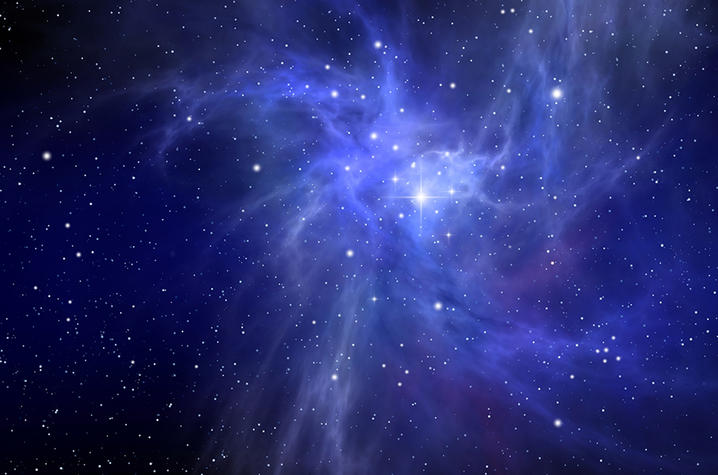Researchers Attempt to Answer Fundamental Questions About Our Universe

LEXINGTON, Ky. (Aug. 24, 2017) ― Three nuclear physics researchers in the University of Kentucky College of Arts and Sciences have been awarded a $1.425 million grant from the Department of Energy Office of Science to explore the universe, without slipping "the surly bonds of Earth."
The principal investigator of the grant is Brad Plaster, associate professor and associate chair of the UK Department of Physics and Astronomy, with co-PIs from his department, Professor Wolfgang Korsch and Associate Professor Christopher Crawford.
The grant will support research on the fundamental symmetries of the universe, using neutrons as the experimental probe. The group hopes to observe violations of time reversal symmetry, which would indicate the laws of physics behave differently when the arrow of time runs “forward” versus “backward.”
“The experiments have the potential to reveal answers to some of the most fundamental current questions in nuclear physics, particle physics and cosmology — such as, why is there more matter than anti-matter in the universe,” Plaster said.
Their experiments will be carried out at national accelerator facilities, such as Oak Ridge National Laboratory and Los Alamos National Laboratory. The UK research team will use the accelerators, which accelerate protons, to produce neutrons, via reactions of the protons with "targets."
“For example,” Crawford said, “at the Spallation Neutron Source at Oak Ridge National Laboratory in Oak Ridge, Tennessee, a so-called ‘spallation’ process of protons interacting with a liquid mercury target results in the production of neutrons. These neutrons are then transported along ‘guides’ to experimental setups, where we carry out our experiments.”
One of the primary objectives of the research is to develop an experiment that will carry out an unprecedented high-precision search for the “electric dipole moment” or EDM of the neutron. The existence of a neutron EDM requires violation of time reversal symmetry.
“Many of the techniques by which we measure the properties of neutrons are very similar to those employed in medical applications, such as nuclear magnetic resonance (NMR) or magnetic resonance imaging (MRI),” Plaster said. “In fact, a lot of the underlying physics for these medical applications was developed as pure physics research in fields such as ours. We measure the 'resonant frequency' of neutrons in electric and magnetic fields, which we then interpret in terms of an EDM.”
“One of the most fundamental/open questions currently in nuclear physics, particle physics and cosmology consists of the question of how the universe evolved to its current state of consisting of more matter than anti-matter,” Korsch said.
“Anti-matter is quite common,” Plaster said. “For example, the positron — the anti-matter ‘cousin’ of the electron — is the ‘P’ in PET scanning in medicine, or positron emission tomography.
“But when matter encounters anti-matter, both cease to exist. They annihilate; they’re destroyed,” he explained. “Thus, if the universe consisted of equal amounts of matter and anti-matter, we (meaning, humans, composed of regular matter) would likely not exist.
“The question of how the universe evolved to its current state, starting from equal amounts of matter/anti-matter, is a huge open question. A sufficient 'amount' of violation of time reversal symmetry in the underlying physics is required for a resolution to this question. That is how the physics of the neutron EDM, which violates time reversal symmetry, ties back to the question — how and why we exist in the universe.”




